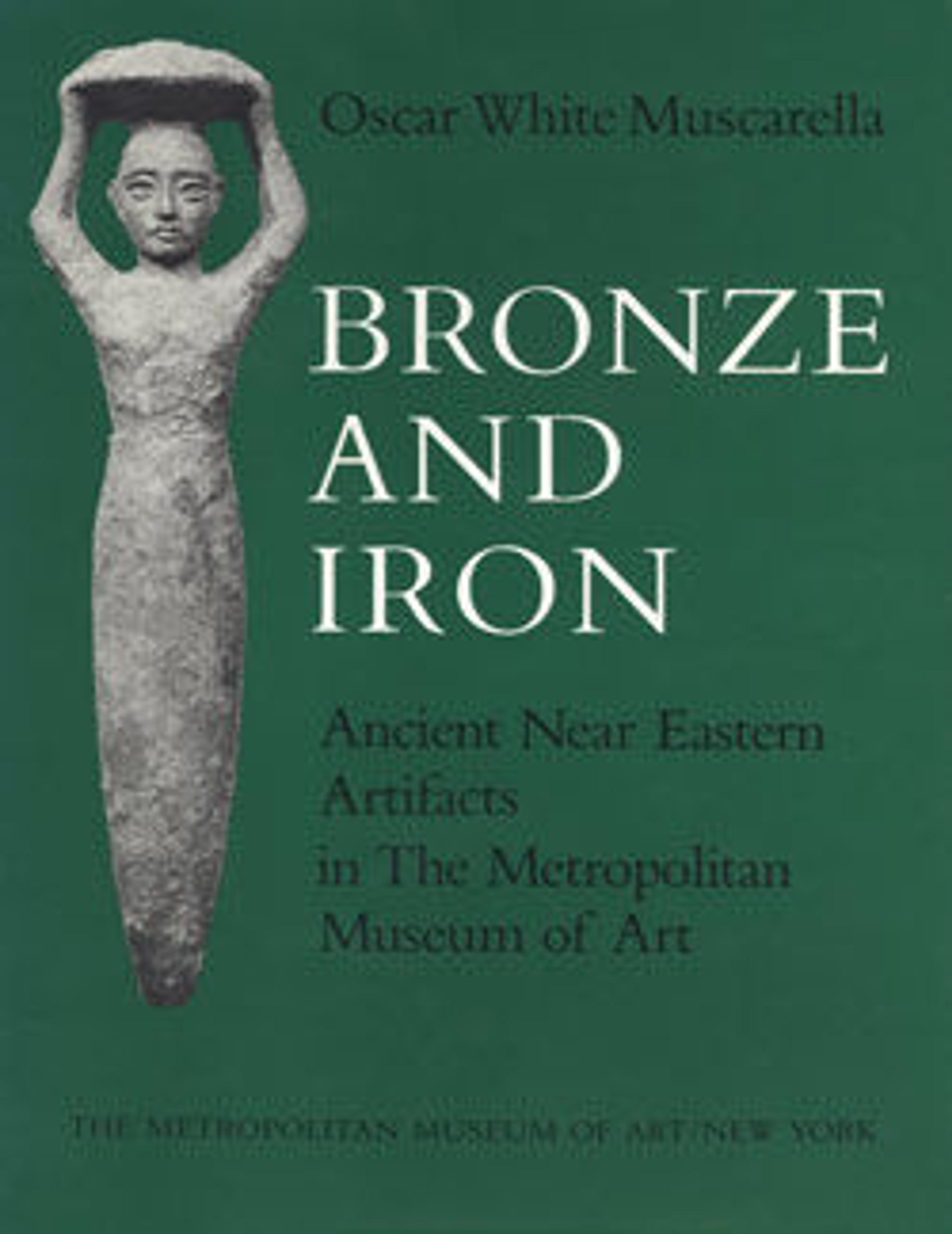Scale plate
This bronze plate is round and slightly concave. It has three equidistant holes, probably used for suspension, suggesting it was originally one of a pair of balance weights. It was excavated at Shahr-i Qumis in northern Iran, which has been identified as the ancient city of Hecatompylos, established by the Parthians as their capital by about 200 B.C. In Greek Hecatompylos means ‘a hundred gates,’ suggesting that the city was quite large. Indeed, the modern archaeological site includes several mounds, only a few of which have been excavated, and a vast area covered with potsherds. This plate comes from Site VI, a building which has been interpreted as a fortified garrison.
Artwork Details
- Title: Scale plate
- Period: Parthian
- Date: ca. 2nd–3rd century CE
- Geography: Iran, Shahr-i Qumis (ancient Hecatompylos)
- Culture: Parthian
- Medium: Bronze
- Dimensions: 4 1/2 × 4 1/2 × 1/2 in. (11.4 × 11.4 × 1.2 cm)
- Credit Line: Purchase, H. Dunscombe Colt Gift, 1969
- Object Number: 69.24.26
- Curatorial Department: Ancient West Asian Art
More Artwork
Research Resources
The Met provides unparalleled resources for research and welcomes an international community of students and scholars. The Met's Open Access API is where creators and researchers can connect to the The Met collection. Open Access data and public domain images are available for unrestricted commercial and noncommercial use without permission or fee.
To request images under copyright and other restrictions, please use this Image Request form.
Feedback
We continue to research and examine historical and cultural context for objects in The Met collection. If you have comments or questions about this object record, please contact us using the form below. The Museum looks forward to receiving your comments.
